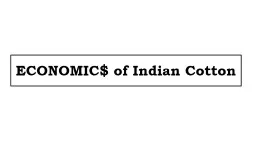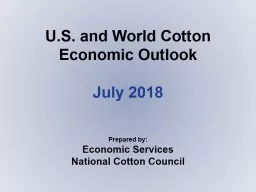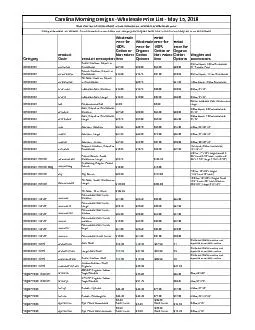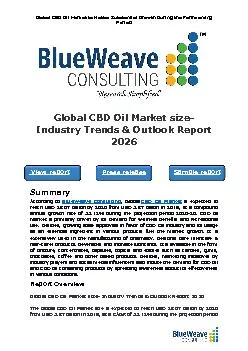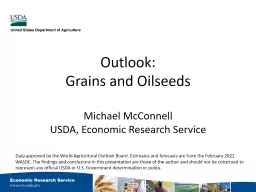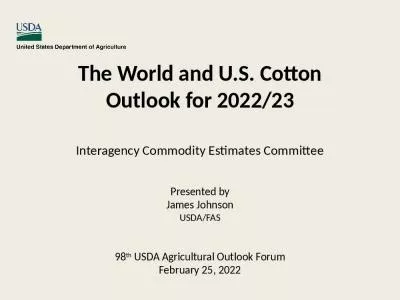PPT-Cotton Market Outlook
Author : lois-ondreau | Published Date : 2015-10-07
John Robinson Professor amp Extension EconomistCotton Marketing Department of Agricultural Economics Texas AampM University College Station Texas AAEA Grain
Presentation Embed Code
Download Presentation
Download Presentation The PPT/PDF document "Cotton Market Outlook" is the property of its rightful owner. Permission is granted to download and print the materials on this website for personal, non-commercial use only, and to display it on your personal computer provided you do not modify the materials and that you retain all copyright notices contained in the materials. By downloading content from our website, you accept the terms of this agreement.
Cotton Market Outlook: Transcript
Download Rules Of Document
"Cotton Market Outlook"The content belongs to its owner. You may download and print it for personal use, without modification, and keep all copyright notices. By downloading, you agree to these terms.
Related Documents






